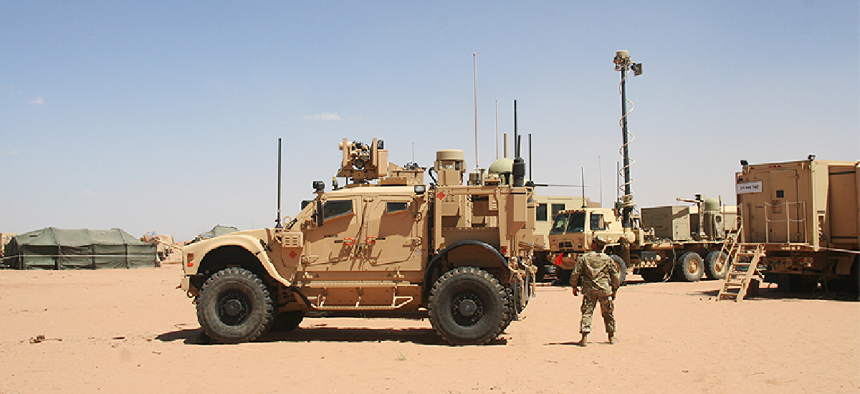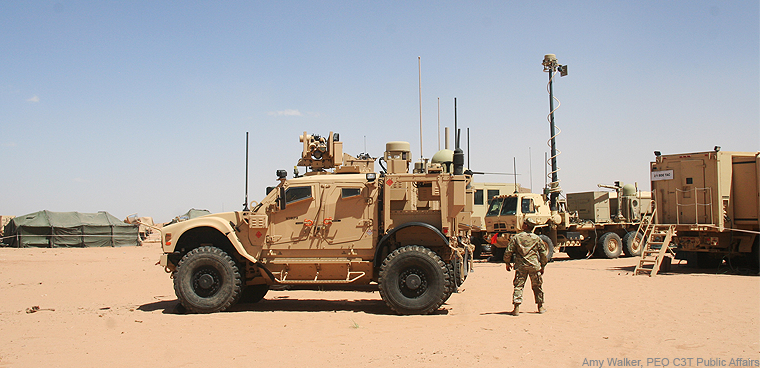Army preps for high-tech radio upgrade

As part of the service's 10-year network modernization plan, the Army Network Cross Functional Team will begin pushing solutions for its integrated tactical network starting in fiscal 2020 with deliverables beginning in 2021.

The Army's Network Cross Functional Team plans to significantly expand its modernization efforts over the next 12 months.
As part of the service's 10-year network modernization plan, the Army Network Cross Functional Team will begin pushing solutions for its integrated tactical network starting in fiscal 2020 with deliverables beginning in 2021.
The integrated tactical network, or ITN, is not a traditional network but rather the Army's concept to provide a simpler, more-mobile battlefield network linking radio, satellite and computer systems.
"As we stood up 18 months ago, we were really just building the team and trying to leverage ongoing efforts, lessons learned from Iraq and Syria, and working with the special [operations] community," Maj. Gen. Peter Gallagher, who heads the Network Cross-Functional Team, told FCW in an interview.
For the next 18 months or so, Gallagher said, the plan is to buy and scale.
"The intent is to see how it scales up to brigade-sized formations and start fielding for our maneuver formations," buying equipment in fiscal 2020 and shipping it to the brigade units in 2021, he said.
There will be four Capability Sets to prepare the Army network for complete modernization by 2028. In 2021, a set focuses smaller communications systems, user-friendly applications and devices, better connectivity and security, according to Army documents. After that, in 2023, a set will look to improve capacity and resiliency with a focus on more bandwidth, satellite communications, cloud and anti-jamming capability. The remaining two cover automation and multi-domain dominance.
The network cross-functional team has been experimenting globally with the 82nd Airborne Division, 2nd Cavalry Regiment in Germany, and the 173rd Airborne Brigade Combat Team in Italy. Gallagher said the team's experimental solutions had gone through several exercises and soldier feedback looks that helped improve the ITN, which recently underwent a cyber and electromagnetic assessment and is continuously being patched for vulnerabilities.
"We were moving out relatively quickly in getting the capability in the hands of our soldiers and there were things we knew we needed to check from a cyber-resilience and electromagnetic resilience" standpoint, Gallagher said.
"I think the biggest refinement is the capability set plan that we've presented," said Maj. Gen. David Bassett, Army program executive officer for Command, Control, Communications-Tactical (PEO-C3T).
"The major line of effort here in the next 12 months is taking what started out as an infantry-based Integrated Tactical Network and extending it to both Stryker and Armored Brigade formations...taking something we knew worked at a battalion level and scaling it up."
The challenge, Gallagher said, is that fielding a new armored vehicle might be simpler than enterprise network modernization.
"The network has interdependencies; everyone out there has dependencies on the network and elements of the network are interdependent on other aspects of the network," he said. "So if you just make a cut across some major network program than may reside in the enterprise, it could have significant implications on the tactical space."
NEXT STORY: Federal 100: Kevin W. Tate



